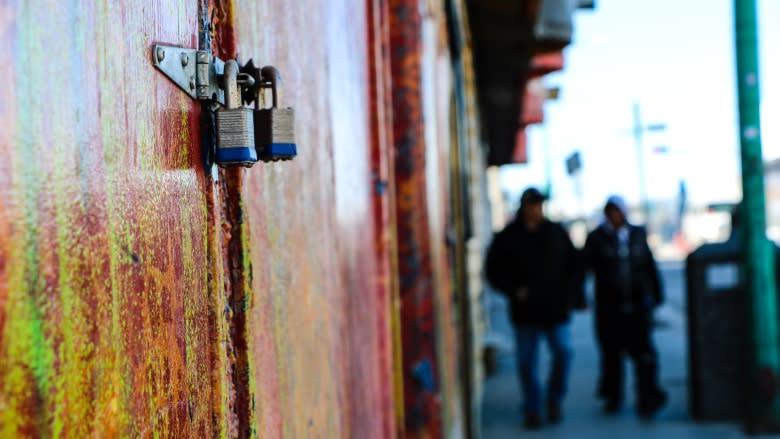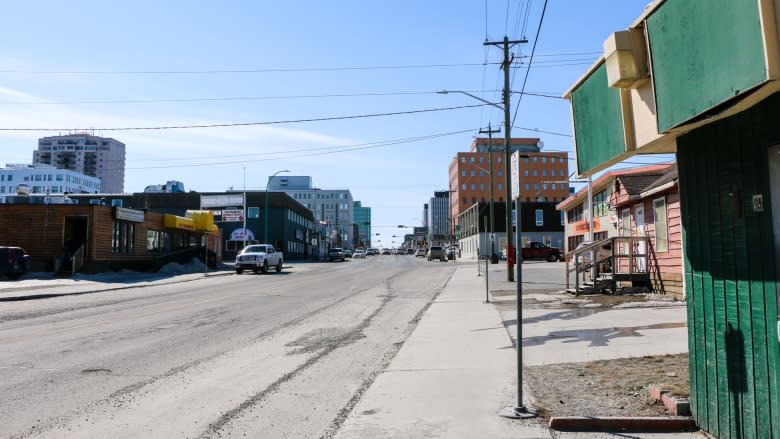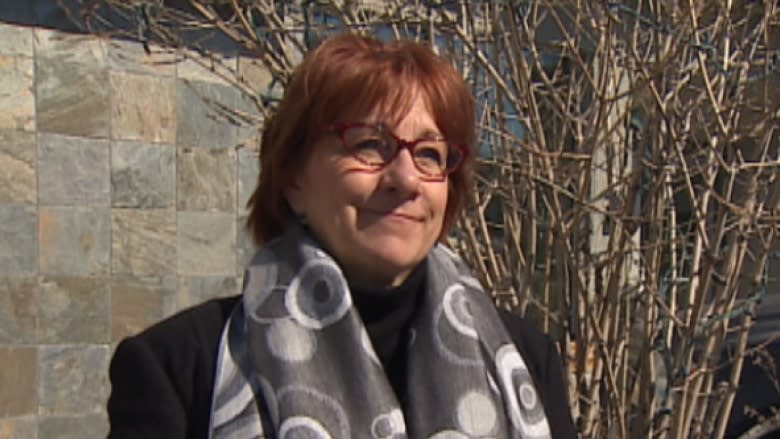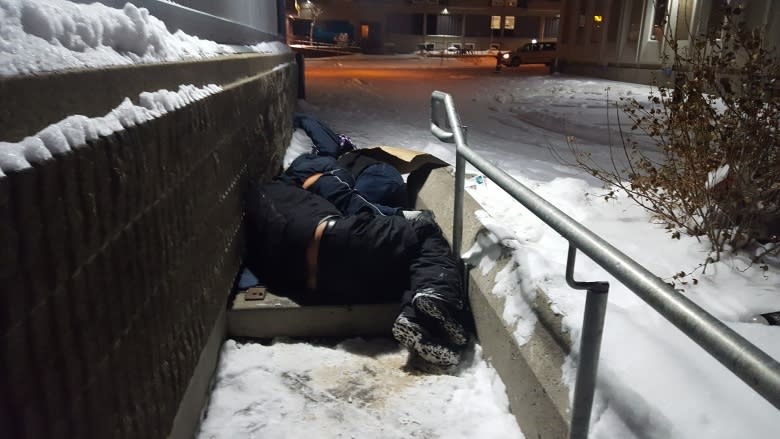Yellowknife plan to end homelessness could mean higher rents for everyone else
Yellowknife city council will vote on June 26 whether or not to endorse a $113 million, 10-year plan to end homelessness.
But the plan's short-term success could make Yellowknife a more expensive city for renters.
In the first three years of the program, including what's left of 2017, the plan is to make up to 100 market housing units — apartments — available under the Housing First model or through rent support.
According to Tim Gensey, a market analyst with the Canada Mortgage and Housing Corporation, this will create challenges, as well as opportunities.
"It would mean that people moving to Yellowknife would have a hard time finding units," Gensey said. But, "on the building side, a zero per cent vacancy rate could spur the creation of new rental [units] in Yellowknife."
New units could become available either through multi-unit construction projects or through the conversion of existing private condominiums or townhouses into rental units, he said.
A very expensive city
Yellowknife already tops the list as one of the most expensive cities in the country to be a renter, and a dropping vacancy rate would do nothing to make it cheaper.
Yellowknife's vacancy rate has risen to 4.2 per cent, from a low of 1.9 per cent vacancy in 2015. With a growing vacancy rate came a little relief from rising rents.
According to the CMHC, the average rent for a two-bedroom apartment in Yellowknife dropped to $1,636 in October 2016, compared to $1,700 in 2015.
Gensey said it would fit the pattern for Yellowknife rents to rise again as the vacancy rate decreases.
'Build more capacity'
According to the Canada Mortgage and Housing Corporation, Yellowknife has a vacancy rate of 4.2 per cent for purpose-built, private apartments. When townhouses and available condominium rentals are brought into the equation, the city's vacancy rate rises to 5.8 per cent, or approximately 115 units available for rent.
This means the three-year goal of the plan to end homelessness by making 100 units available would bring the city's overall vacancy rate close to zero, unless new units come on the market.
The plan calls for close cooperation with the government of the Northwest Territories' public housing authority, but finding available public housing in the city brings its own challenges.
According to the N.W.T. housing corporation, there are 344 public housing units available in the city. But there are over 200 applicants already on a waiting list for those units. The majority are waiting for one-bedroom apartments.
Linda Bussey, city councillor and advocate for the plan to end homelessness, said she recognizes the plan has its challenges, at least in the short term.
"Maybe we need to build more capacity," Bussey said. "It might have an impact on more building. It might have an impact on the housing corp. to provide more housing."
She said the 100-unit number mentioned in the plan is flexible, and the actual number of units filled will depend on how many of those housed through the plan are families. There are more multi-bedroom apartments or townhouses for rent in the city than single bedroom units.
According to the CMHC, as of October 2016 there were approximately 50, three-bedroom or larger units available in the city, creating a vacancy rate of 11 per cent for that sector of the rental market.
"I don't think I'm naive about this," Bussey said.
"It's going to have an impact on people that need housing. And it's going to have an impact on the economy [in the sense] that we need more housing.
"If we can house people, that's the goal."






